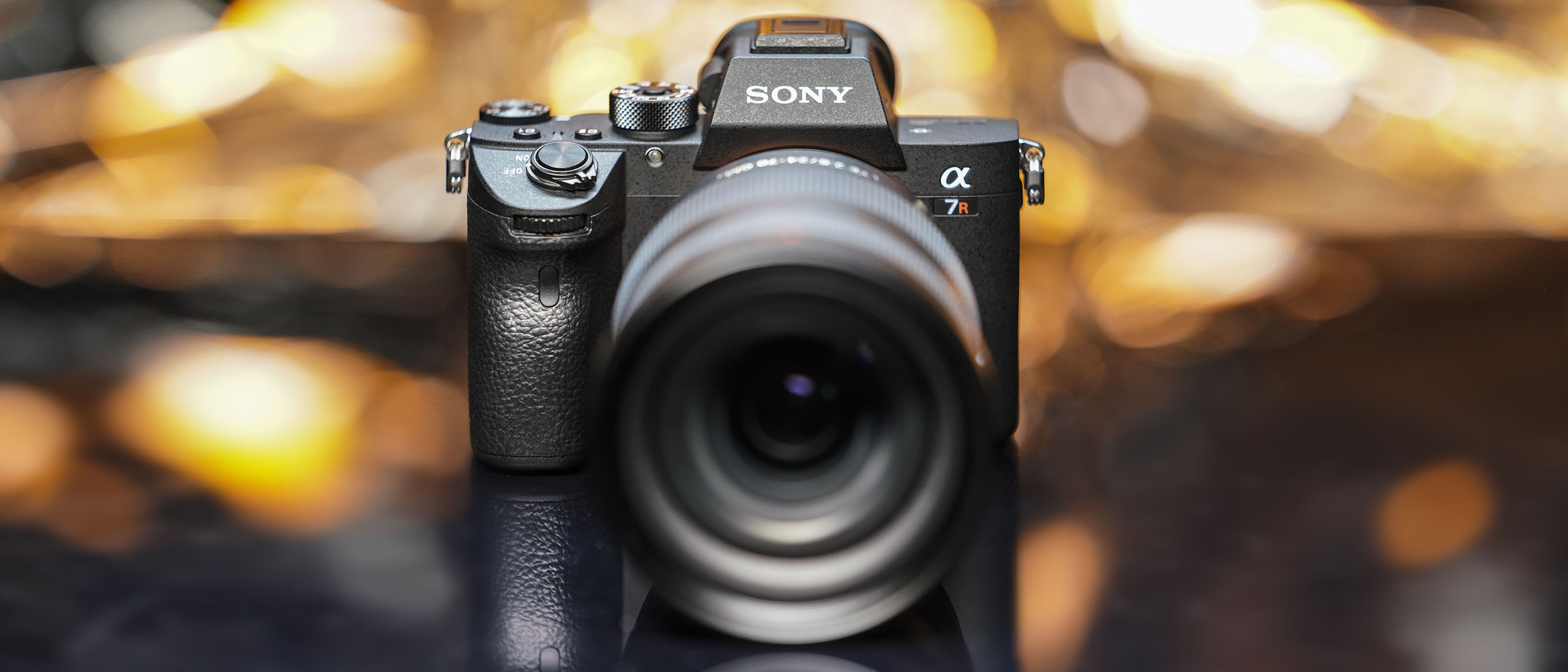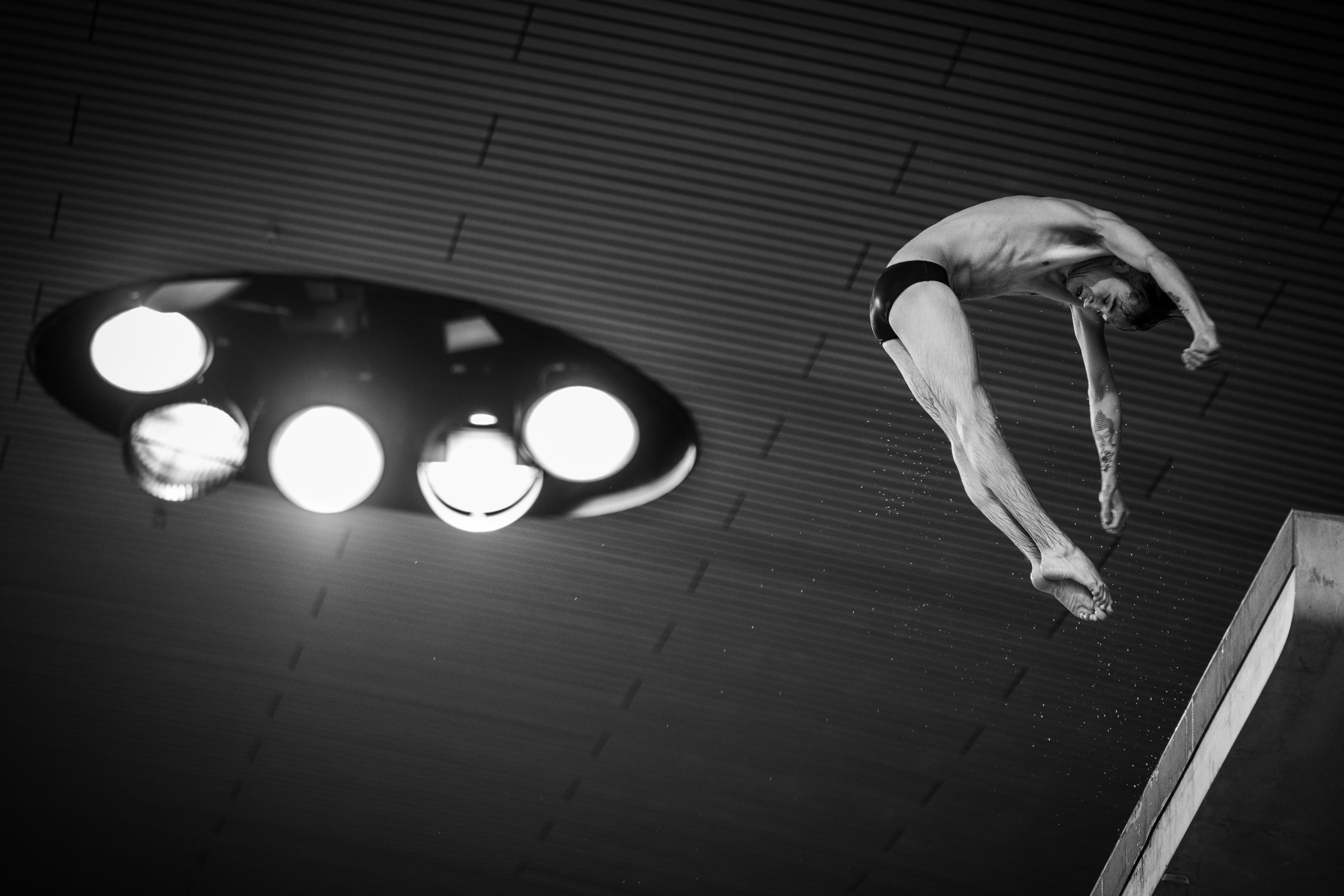Why you can trust TechRadar
Build and handling
- Magnesium alloy construction
- Dust- and moisture-sealed
- Weighs 657g
The look and feel of the Sony Alpha A7R III broadly follows the design of the A7R II, but there are a host of tweaks and refinements when you start looking a little closer.
While the new camera doesn't get the dedicated drive mode dial/focus mode selector that sits to the left of the EVF on the Alpha A9, it does get a similar multi-selector joystick.
It may seem a small thing, but the arrival of the joystick greatly improves handling over the A7R II, as it makes for much quicker AF point selection. The A7R III also sees the addition of a dedicated AF-ON button for back-button focusing, again as on the A9.
In fact, the rear of the camera mimics the control layout of the A9 – that means the A7R III gets an additional 'C3' custom button, while the rear scrollwheel is more pronounced, and less likely to be accidentally knocked.
The changes may be modest, but they combine to make the A7R III that much more user-friendly and satisfying to shooting with
The rear touch display, meanwhile, does away with an annoying quirk of the A7R II. If you were shooting from the waist with the screen angled outward, the older camera would think you had the camera raised to your eye, resulting in the feed being cut on the screen. The display on the A7R III disables the eye sensor when the screen is flipped out, allowing you to shoot at waist level uninterrupted.
The body is slightly thicker than the A7R II, but fractionally slimmer than the A9, and features a magnesium alloy top, front and rear covers, as well as an internal frame. Sony has also increased the number of lens mount screws to six for enhanced durability, while all major buttons and dials are sealed, and there's sealing throughout the body, to protect the A7R III from dust and moisture.
The menu system has also been overhauled. Now color-coded, it's that bit easier to navigate, but the menu system on the Alpha A7R III is still incredibly comprehensive. That said, once you've tailored the various custom buttons to your desired settings, these, along with the body-mounted controls, mean there should be little need to be regularly diving into the main menu. When you do though, give yourself a bit of time to find exactly what you're looking for.
The changes may be modest, but they combine to make the A7R III that much more user-friendly and satisfying to shoot with.
Autofocus
- 399 phase-detection points
- 425 contrast-detection points
- Eye AF with enhanced tracking performace
Sony has improved the focusing system as well. The 399 focal-plane phase-detection AF points from the A7R II remain (with 68% coverage of the frame), but Sony has bolstered the number of contrast-detection AF points from 25 to 400.
Sony reckons this overhaul should improve autofocus speed, delivering up to roughly two times faster speeds in low-light conditions, along with improved AF tracking performance.
The Alpha A7R III can also focus in brightness levels as low as -3EV. When you consider that's pretty much complete darkness, it's very impressive, although the D850's central AF point just edges it at -4EV.
As we've seen on other Sony mirrorless cameras, there's a wide range of autofocus settings. Wide or Zone modes are good for general photography and will take care of much of the decision-making for you, while Center mode uses the central AF point.
There’s also a Flexible Spot mode (with the choice of three AF area sizes) that enables you to use the joystick to position the focus area pretty much anywhere in the frame, while the Expanded Flexible Spot mode takes advantage of additional AF points to assist with focusing.
Focusing is fast in single servo mode, but it's when you flick the focusing over to continuous that the system really impressives. You get the same focusing modes as before, but with the addition of a Lock-on setting – use this mode and you'll find the Alpha A7R III can do a stunning job of tracking your designated subject as it moves round the frame.
The Alpha A7R III's Eye AF has also been enhanced, and now uses the same autofocus algorithms as the Alpha 9. This means that when the A7R III is in AF-C mode and with Eye-AF activated, the system should be able to continuously track and focus on your subject's eye, even if they look down or away from the camera.
In our time with the camera this really impressed us. The A7R III managed to happily maintain focus on a subject in two challenging scenarios – while they were moving round the frame quickly as well as moving towards us, or looking down or away from the camera.
Current page: Build, handling and AF
Prev Page Introduction and key features Next Page Performance and image qualityPhil Hall is an experienced writer and editor having worked on some of the largest photography magazines in the UK, and now edit the photography channel of TechRadar, the UK's biggest tech website and one of the largest in the world. He has also worked on numerous commercial projects, including working with manufacturers like Nikon and Fujifilm on bespoke printed and online camera guides, as well as writing technique blogs and copy for the John Lewis Technology guide.





